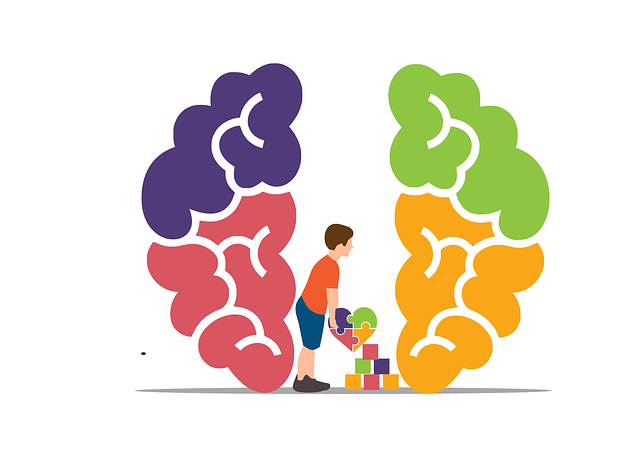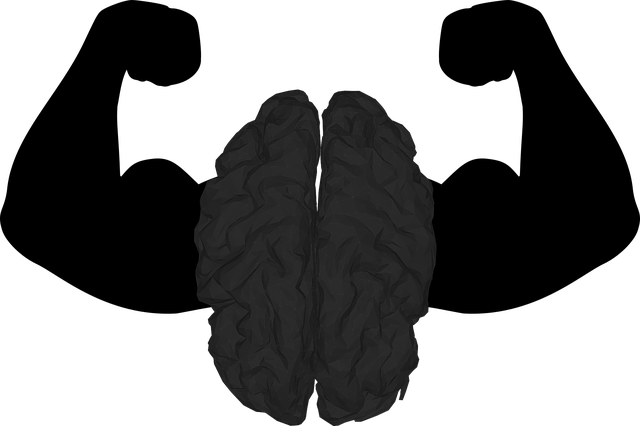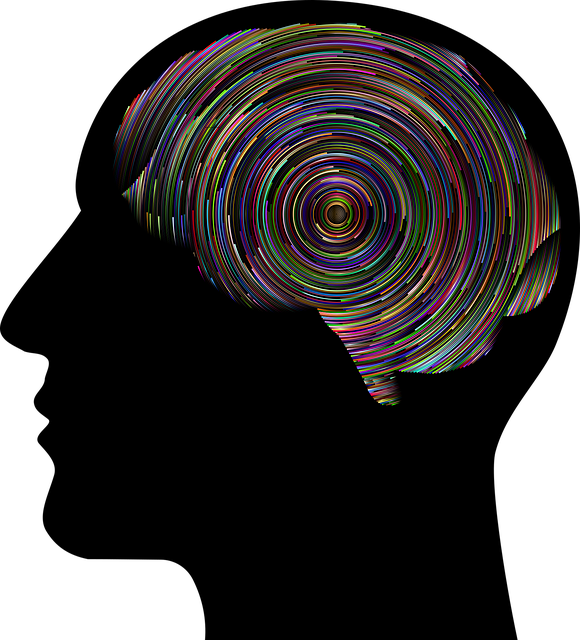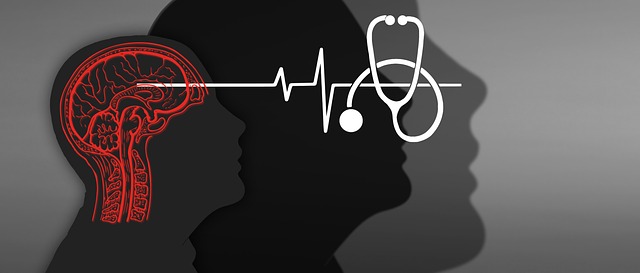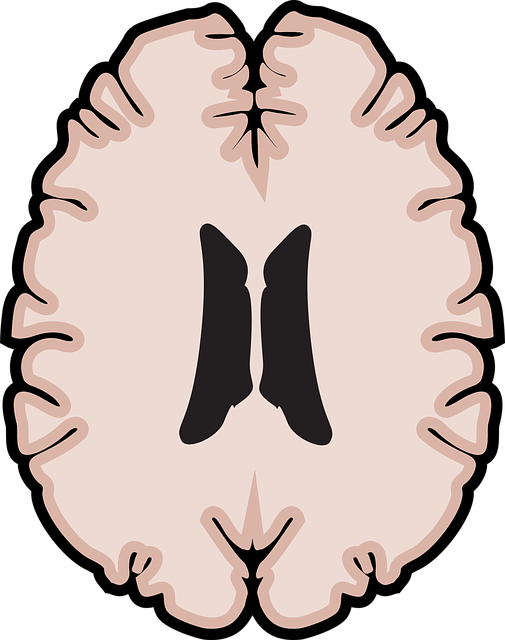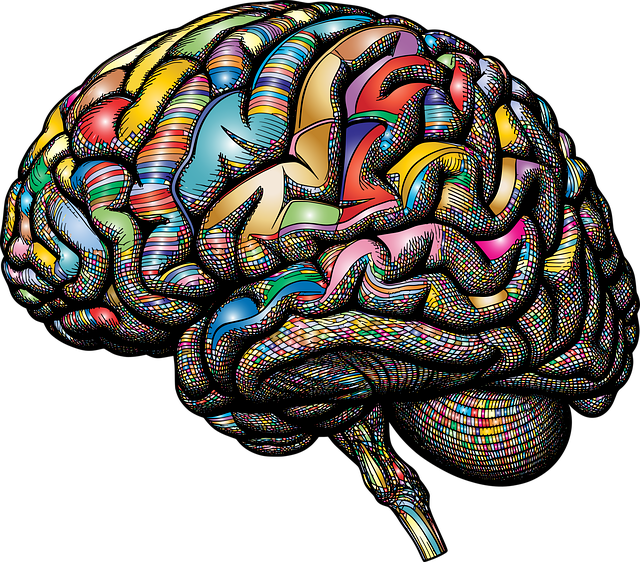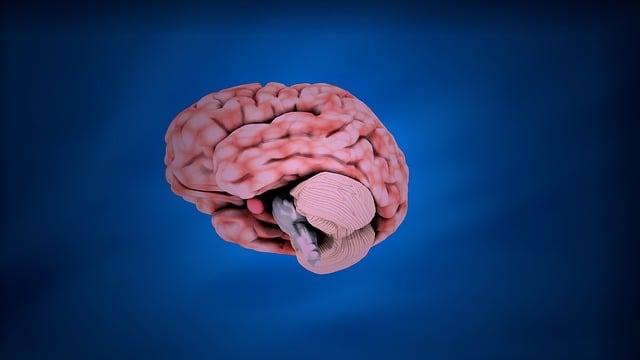Centennial Panic Disorder (CPD) significantly impacts daily life through recurring anxiety attacks. CBT therapy addresses negative thought patterns, while conflict resolution techniques manage triggers. Cultural sensitivity ensures tailored support. Holistic approaches like Compassion Cultivation and mindfulness meditation empower individuals to cope with CPD symptoms, improving emotional well-being and quality of life. Evidence-based therapies, including CBT and EMDR, target both symptoms and root causes of distress. Community support groups and online sessions enhance accessibility. Building resilience through therapy, journaling, and mood management guidance fosters self-understanding and adaptability, enabling individuals to overcome CPD and anxiety attacks for lasting transformation.
Trauma support services are vital in addressing mental health challenges like Centennial Panic Disorder (CPD), which manifests as recurrent anxiety attacks. This article delves into understanding CPD’s impact, identifying its subtle symptoms, and exploring effective therapeutic approaches. We discuss accessing specialized trauma therapy services and the importance of fostering resilience through comprehensive healing journeys. By shedding light on these aspects, we aim to enhance awareness and accessibility to CPD and anxiety attack therapy.
- Understanding Centennial Panic Disorder and Its Impact
- Identifying Symptoms: Recognizing Anxiety Attacks
- Therapeutic Approaches for Effective Support
- Accessing Specialized Trauma Therapy Services
- Fostering Resilience: A Comprehensive Healing Journey
Understanding Centennial Panic Disorder and Its Impact

Centennial Panic Disorder, a modern-day mental health concern, refers to an individual experiencing repeated and unexpected anxiety attacks over extended periods. This disorder, characterized by persistent feelings of fear and distress, significantly impacts an individual’s daily life and overall emotional well-being. In therapy sessions, understanding the root causes is vital; these can range from traumatic events to prolonged stress. Anxiety attacks are often intense, leading to physical symptoms like rapid heartbeat and shortness of breath, which can be terrifying for the sufferer.
Effective treatment involves a combination of Cognitive Behavioral Therapy (CBT) and techniques focused on conflict resolution. CBT helps individuals challenge negative thought patterns associated with panic attacks, while conflict resolution techniques teach them to manage and reduce anxiety triggers. Cultural sensitivity in mental healthcare practice is essential as it ensures tailored support, acknowledging that everyone’s experience is unique. By integrating these approaches, therapy facilitates a holistic journey towards emotional well-being promotion, enabling individuals to reclaim control over their lives.
Identifying Symptoms: Recognizing Anxiety Attacks

Recognizing the signs of anxiety attacks is a crucial step in seeking appropriate help and trauma support services. Many individuals suffering from conditions such as Centennial Panic Disorder often experience intense and overwhelming fear, which can manifest as physical symptoms like rapid heartbeat, sweating, or shortness of breath. These episodes, known as anxiety attacks, can be debilitating and significantly impact daily life.
Through therapy, especially tailored for anxiety disorders, individuals can learn to identify these triggers and develop coping strategies. Therapies such as Compassion Cultivation Practices and Self-Care Practices have proven effective in managing anxiety. By understanding their unique experiences, those affected can access the right trauma support services, enabling them to lead more fulfilling lives.
Therapeutic Approaches for Effective Support

In providing trauma support services, therapeutic approaches that address both the symptoms and underlying causes of distress are paramount. Central to this are evidence-based methods like Cognitive Behavioral Therapy (CBT), which has proven effective in managing anxiety disorders, including Centennial Panic Disorder and Anxiety Attacks. CBT helps individuals identify and challenge negative thought patterns, thereby reducing the intensity and frequency of panic attacks. Additionally, techniques such as mindfulness meditation and exposure therapy can be instrumental in desensitizing patients to traumatic memories, leading to significant improvements in their mental health awareness and overall well-being.
Beyond individual therapy, group sessions that incorporate conflict resolution techniques offer a supportive environment for sharing experiences and coping strategies. This peer support network not only enhances the effectiveness of treatment but also serves as a burnout prevention strategy for healthcare providers involved in trauma care. By fostering open communication and understanding, these collaborative approaches contribute to the development of robust conflict resolution skills within the community, ultimately strengthening the resilience of individuals affected by traumatic events.
Accessing Specialized Trauma Therapy Services

Accessing specialized trauma therapy services is a crucial step for individuals seeking relief from conditions like Centennial Panic Disorder and Anxiety Attacks. These disorders often require tailored interventions to address deep-seated emotional responses and triggers. Many people find solace in evidence-based approaches such as cognitive behavioral therapy (CBT) and eye movement desensitization and reprocessing (EMDR), which have proven effective in managing anxiety and panic symptoms.
Trauma support services go beyond mere therapy; they encompass a holistic approach, including mindfulness meditation practices and coping skills development. These tools empower individuals to manage their conditions effectively, promoting emotional resilience and improved quality of life. Several resources are available, from community-based support groups to online platforms offering remote therapy sessions, ensuring accessibility for those in need.
Fostering Resilience: A Comprehensive Healing Journey

Fostering resilience is a cornerstone of trauma support services, offering individuals the tools to navigate and overcome their past experiences. Through therapy, such as that provided for Centennial Panic Disorder and Anxiety Attacks, patients can learn to manage their emotions and triggers effectively. Mental wellness journaling exercises and mood management guidance play pivotal roles in this process, enabling individuals to track their progress and maintain a sense of calm.
Integrating mind over matter principles empowers clients to challenge negative thought patterns and beliefs, fostering a deeper understanding of themselves. This comprehensive healing journey encourages adaptability and perseverance, equipping individuals with the resilience needed to face future challenges head-on. By combining therapeutic techniques with practical tools, trauma support services facilitate transformative growth, enabling people to reclaim their lives and embrace a brighter future.
In addressing Centennial Panic Disorder and its associated anxiety attacks, access to specialized trauma therapy services is pivotal for effective support. Understanding the condition, recognizing symptoms, and employing therapeutic approaches like cognitive-behavioral therapy (CBT) or eye movement desensitization and reprocessing (EMDR) are key steps in fostering resilience and a comprehensive healing journey. By delving into these strategies, individuals can navigate their fears and reclaim control over their lives, ultimately revolutionizing their mental well-being.
